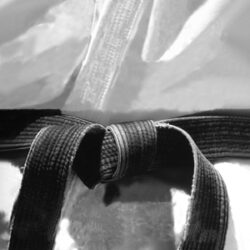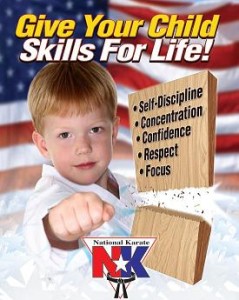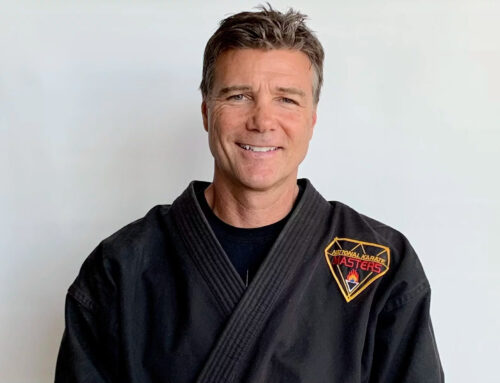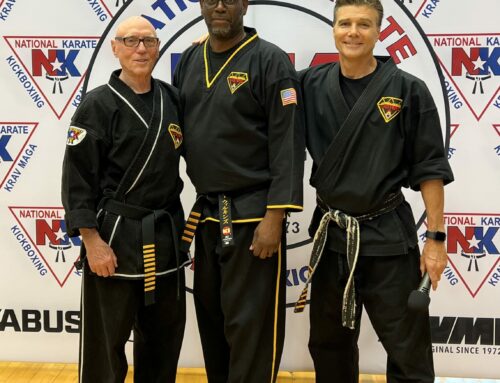 What is karate? Karate is a form of martial art that originated in Okinawa, Japan. It was developed as a form of self-defense that uses punches, kicks, and strikes to defend oneself from an attacker. Karate is also a sport practiced by men and women of all ages. There are many various styles of karate, but all share the same basic principles. Karate is a great way to improve physical fitness and mental focus. It is also a great way to meet new people and make new friends.
What is karate? Karate is a form of martial art that originated in Okinawa, Japan. It was developed as a form of self-defense that uses punches, kicks, and strikes to defend oneself from an attacker. Karate is also a sport practiced by men and women of all ages. There are many various styles of karate, but all share the same basic principles. Karate is a great way to improve physical fitness and mental focus. It is also a great way to meet new people and make new friends.
History of Karate
The history of karate can be traced back to the 14th century when it was developed as a way for individuals to defend themselves against armed opponents. The word karate means “empty hand” which implies the ability to defend oneself without weapons. In the 18th century, karate was introduced to mainland Japan, where it quickly gained popularity.
What is karate today? Today, karate is practiced worldwide and is a popular sport for both children and adults. It is also an effective self-defense system that can be used in potentially dangerous situations. Karate is a fascinating martial art with a rich history and many benefits to the user.
Karate Discipline
When most people think of what karate is, they envision a martial artist breaking boards or flying through the air. While karate does involve physical discipline, it is much more than that. Karate is a way of life that teaches respect, honor, and perseverance. Students of karate learn to control their emotions and stay focused in the face of adversity. They learn to defend themselves and others with compassion and restraint.
In short, karate is about learning to control the mind and body. For many people, the discipline learned in karate applies to all aspects of life. It can help them to be better students, employees, and citizens. In a chaotic and unpredictable world, learning discipline through karate can be an invaluable asset.
Techniques
When first learning about karate, you’ll quickly find that it is mainly a striking art using punches, kicks, and even knees and elbows. Karate practitioners may also use throws, joint locks, and in some situations weapons such as swords and staffs. However, the focus of the art is hand and foot movements There are many various styles of karate, but all of them share the same basic principles. The goal of the art is to defeat an opponent without resorting to weapons.
Karate practitioners believe that developing their inner strength and power is the best way to defend oneself. Training the mind and body to function together can achieve greater power than any weapon could provide. As a result, karate techniques emphasize balance, timing, and precision over brute force. This is why even smaller framed people who know martial arts can strike a blow as hard as a larger person who isn’t trained. If you have ever seen videos of a martial artist breaking boards or bricks you can see how the focus and precision can create tremendous impact.
Benefits for Kids
Kids karate is a great way for your child to get active and have fun while learning valuable life skills. What is karate able to accomplish beyond staying active? Karate for kids helps children develop
Advancements to the instruction of martial arts has developed proper protective gear to help keep you safe and protected while learning. For instance, a good martial arts school will have quality hand and foot pads available for purchase. These gloves protect your hands from injury when you are striking an opponent or practicing blocks. A good pair of foot pads will protect the bones on the top of the foot so that you can practice kicking targets over and over without bruising or injury.
Karate for kids is growing in popularity amongst kids everywhere. Youth martial arts is different from other sports because it emphasizes mindset and life skills.
Benefits for Adults
When thinking about what karate is, many believe that it is a sport and skill set that is only learned and practiced solely by children. The irony of that idea is that originally martial arts was only taught to military age men. It has only been in the last 30 years that karate has been taught to kids because of the life skills and other benefits. But at its core, Karate was always for adults and is still an amazing way for people to reach their personal goals by learning the ancient art. Karate for adults can help improve balance and coordination, which is also a great way to release stress and tension. In addition, karate can be an excellent exercise form, helping tone muscles and improve cardiovascular health. Many beginner-friendly classes are available for adults who have never tried the art. It is never too late to start learning, and karate can provide benefits at any age.
Karate vs. Other Martial Arts
When you compare the different types of martial arts, you’ll find that while there are many similarities between them, there are also a significant number of differences. For example, karate focuses on striking with the hands and feet, while some other martial arts may have a stronger focus on grappling or joint locks. Karate is one of the most popular martial arts in the world, and it has been adapted for self-defense, competition, and exercise. In addition, karate training typically focuses more on discipline and mental conditioning than some other martial arts. As a result of these differences, karate provides a unique and effective way to practice self-defense and stay in shape.
National Karate and Martial Arts offer classes for all experience levels, from beginners to advanced. You’ll learn important self-defense techniques while getting a great workout. And because karate is a mind-body discipline, you’ll also enjoy benefits like improved focus and concentration. So why not give it a try? National Karate and Martial Arts have locations in Illinois, Minnesota, Wisconsin and Colorado, so there’s sure to be a class near you. Contact us today to learn more.



